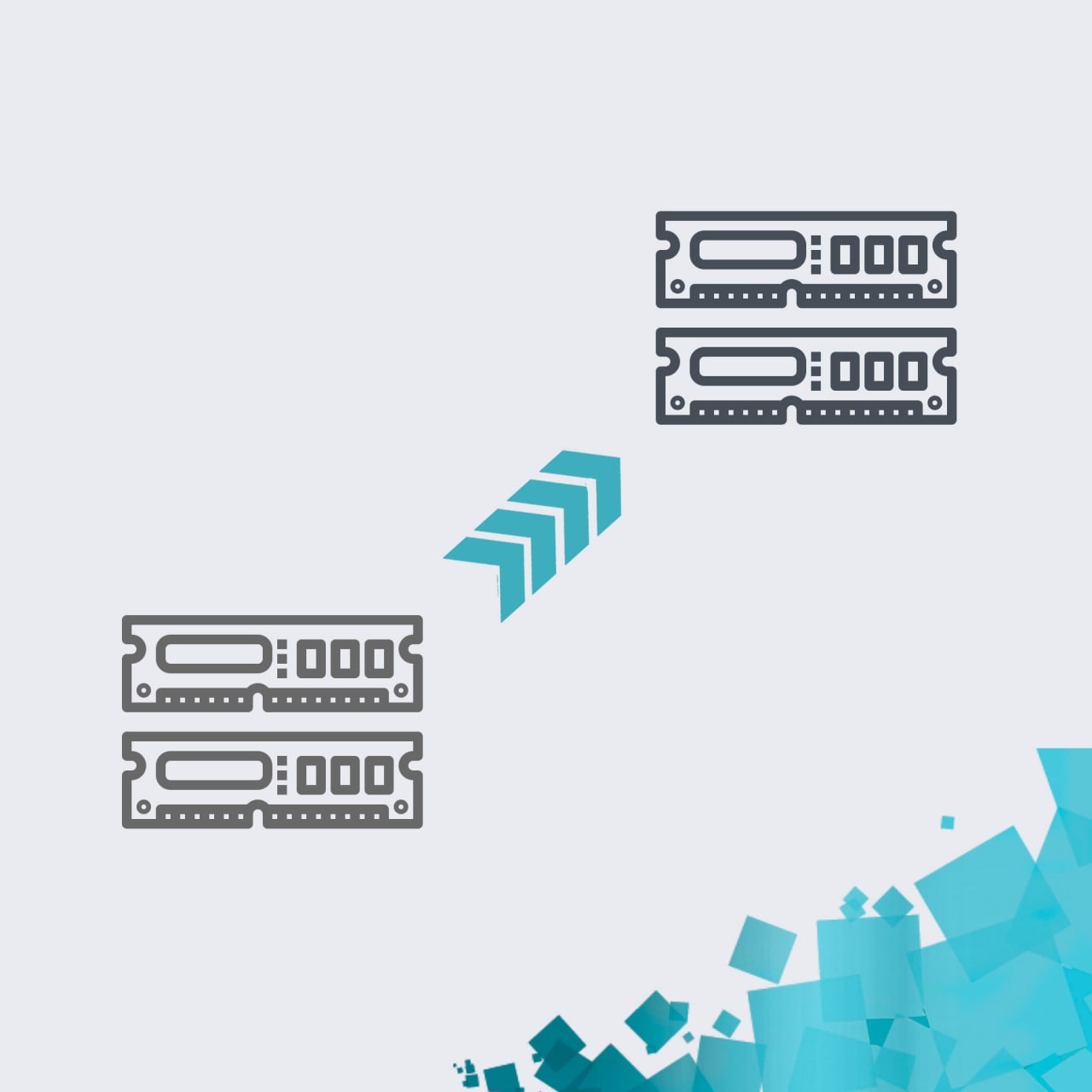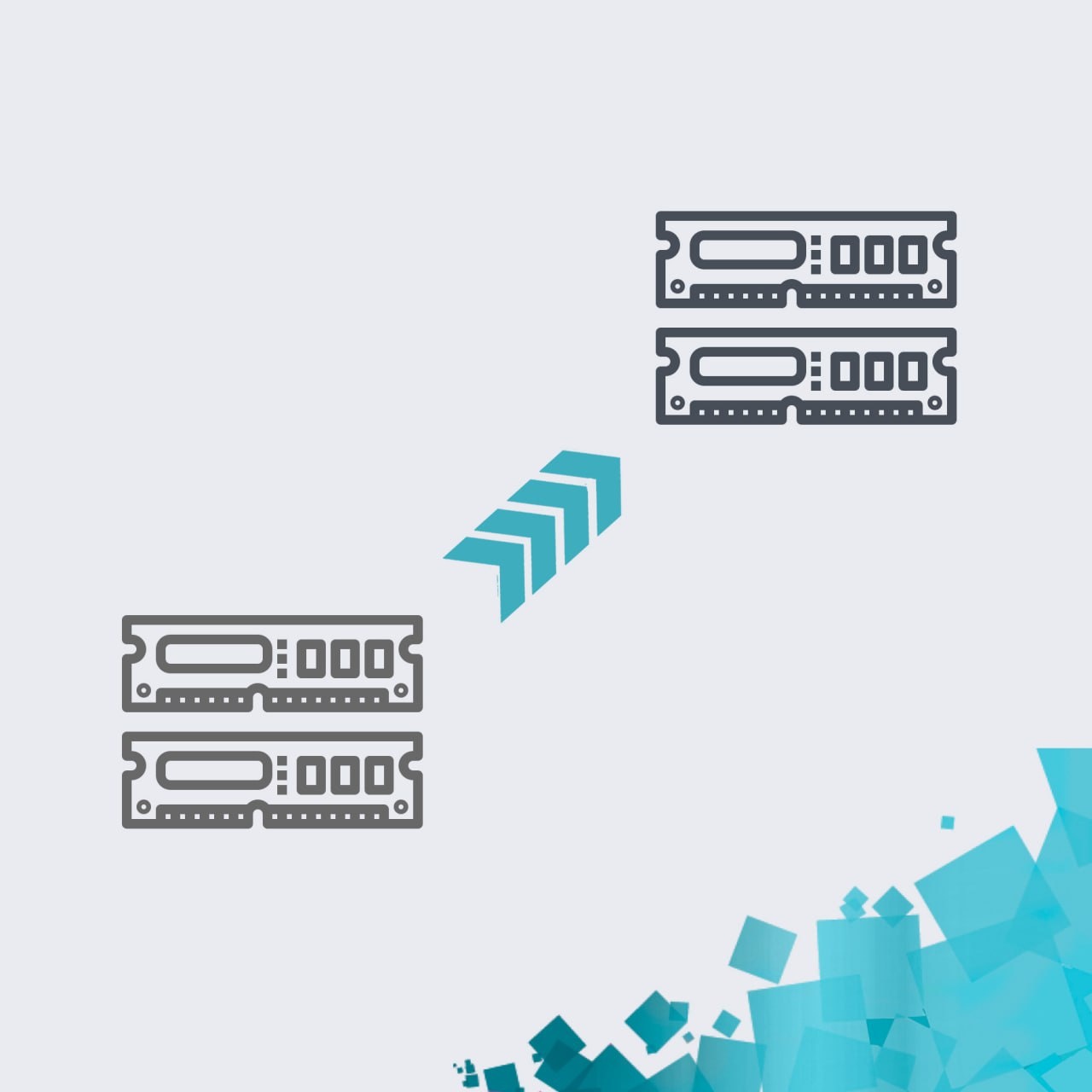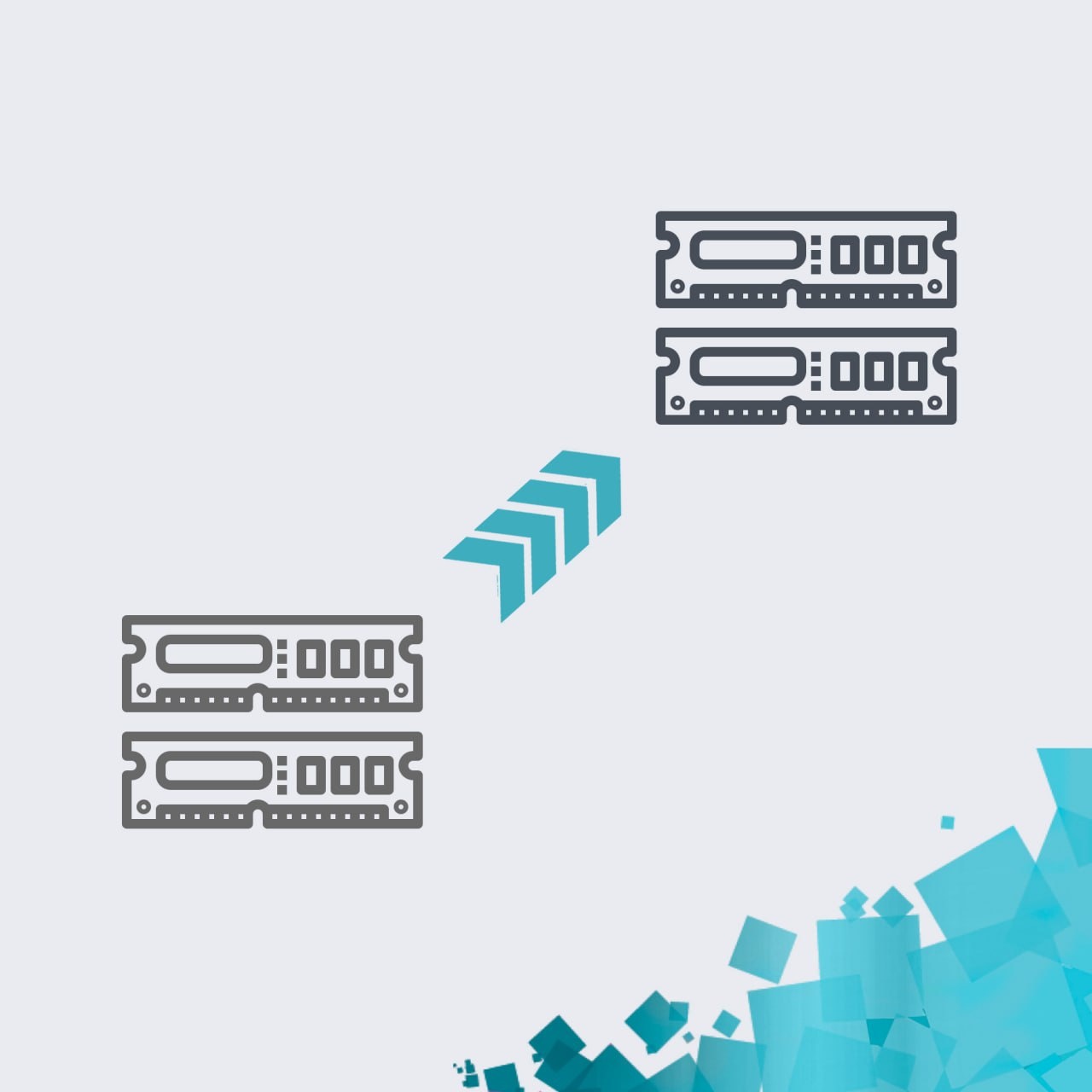|
Quantity
|
Out of stock
|
||
|
|
|||
What is RAM?
If your computer is a little sluggish, with freezes, friezes, or even error messages about “not enough memory,” you might need more RAM. RAM stands for random access memory. It's a type of super-fast storage that your computer uses to store data it needs in the short term. The more RAM you have, the more projects and programs your computer can keep open at the same time without getting bogged down by taking things out of the proverbial file cabinet.
Unfortunately, in the era of ever-slimmer devices, the RAM of many modern laptops is permanently soldered to the motherboard, which means you can't upgrade it without buying a brand new PC. But if you have a desktop or laptop that can be upgraded, adding RAM is usually pretty easy. You just need to find a compatible one (this may require some Google searching), open your computer, and put the RAM in the appropriate slot.
Features of RAM
RAM is small and stored in microchips. It is small in terms of the amount of data it can store. A typical laptop computer can have 8 gigabytes of RAM.
Most PCs allow users to add RAM modules up to a certain limit. Having more RAM in a computer reduces the number of times the processor has to read data from the hard disk, an operation that takes longer than reading data from RAM. RAM access times are expressed in nanoseconds, while storage access times are expressed in milliseconds.
Due to its instability, RAM cannot store permanent data. RAM can be compared to a person's short-term memory, and a hard disk to long-term memory. Short-term memory is focused on immediate work, but it can only keep a limited number of facts in view at a time. When a person's short-term memory is full, it can be updated with facts stored in the brain's long-term memory.
This is how a computer works. If the RAM becomes full, the computer's processor has to repeatedly access the hard disk to overlay the old data in the RAM with new data. This process slows down the computer.
There are two main forms of RAM:
Dynamic random access memory (DRAM) is the RAM of a typical computing device. It needs to be turned on in order to store data. It requires constant refreshing.
Static random access memory (SRAM) also needs constant power to store data, but it does not need to be constantly refreshed like DRAM. In SRAM, instead of a capacitor holding a charge, a transistor acts like a switch, with one position used as a 1 and the other as a 0. Static RAM requires multiple transistors to store a single bit of data compared to dynamic RAM, which only needs one transistor per bit. As a result, SRAM chips are much larger and more expensive than an equivalent amount of DRAM.
The size of RAM is measured in gigabytes. Here are the main types of RAM based on its gigabytes:
- 1 GB;
- 2 GB;
- 4 GB;
- 8 GB;
- 16 GB.
One-gigabyte and two-gigabyte RAMs can now be found only on old computers and laptops. 4 GB RAM is also gradually becoming obsolete, while 8 GB is enough for most general-purpose PCs (high-performance gaming PCs and workstations require 16 GB or more).
Swapping RAM in pre-built builds
Sometimes the amount of RAM in the build you choose is not enough to meet your needs, while other components are very suitable. You can solve this by exchanging components.
In Ukraine, you can order an exchange of RAM with a surcharge in a ready-made assembly in the PowerUp store by adding it to the cart to an already selected workstation.
Delivery is possible either by Nova Poshta in Ukraine or by courier in Kyiv. Pickup from the store is also available. Payment methods include cash, cash on delivery, online banking, cards, and credit. The store's warranty lasts 12-24 months, depending on the product.


